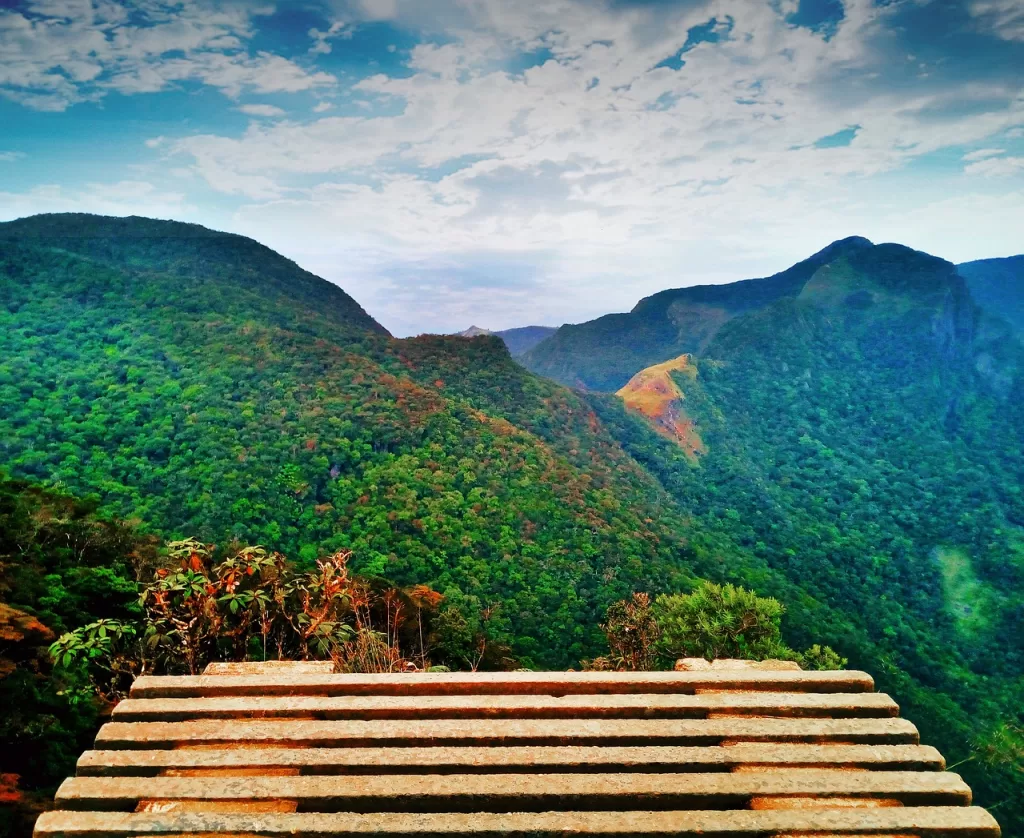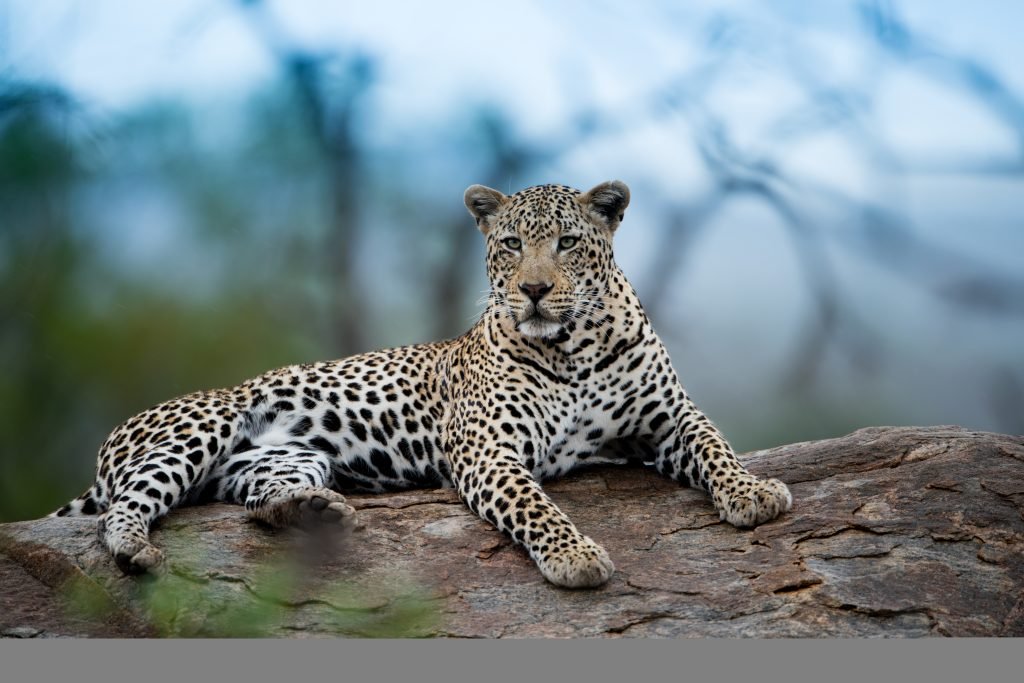
Y A L A
Located in the southern region of Sri Lanka, Yala is renowned for its association with the captivating Yala National Park, a major draw for numerous visitors. This park is celebrated for its abundant wildlife and remarkable biodiversity.
Situated in both the Southern and Uva Provinces, Yala National Park serves as a paradise for wildlife enthusiasts and has the power to convert even those who may not consider themselves enthusiasts. As a designated no-hunting zone, the park allows animals to roam freely in their natural habitats. It offers a diverse range of ecosystems, including mangrove lagoons, coastal forests, scrub forests, secondary forests, and dunes. This ecological variety results in a wide array of wildlife, encompassing mammals, reptiles, birds, and amphibians. Visitors come to the park with the hopes of catching a glimpse of a leopard, sloth bear, or spotted deer, or to have up-close encounters with majestic elephants.
Yala provides numerous accommodation options, with various hotels and camping opportunities available in and around the park itself. Staying in Yala allows visitors to partake in a safari holiday and explore the incredible attractions in the surrounding area.
Situated in both the Southern and Uva Provinces, Yala National Park serves as a paradise for wildlife enthusiasts and has the power to convert even those who may not consider themselves enthusiasts. As a designated no-hunting zone, the park allows animals to roam freely in their natural habitats. It offers a diverse range of ecosystems, including mangrove lagoons, coastal forests, scrub forests, secondary forests, and dunes. This ecological variety results in a wide array of wildlife, encompassing mammals, reptiles, birds, and amphibians. Visitors come to the park with the hopes of catching a glimpse of a leopard, sloth bear, or spotted deer, or to have up-close encounters with majestic elephants.
Yala provides numerous accommodation options, with various hotels and camping opportunities available in and around the park itself. Staying in Yala allows visitors to partake in a safari holiday and explore the incredible attractions in the surrounding area.
W I L P A T T U
Wilpattu is an essential destination for wildlife enthusiasts, particularly those seeking a glimpse of the magnificent leopard. This national park in Sri Lanka is home to a diverse range of endemic birds, sloth bears, deer, and elephants, among other fascinating creatures.
The park derives its name from the dense jungle that surrounds it, characterized by a network of natural lakes or water basins known as Willus. These basins, which fill with rainwater, serve as vital habitats for a multitude of bird species and play a significant role in supporting the park’s biodiversity. In terms of size, Wilpattu National Park surpasses the expanse of Yala National Park. Situated approximately 30 km west of Anuradhapura, it occupies a prominent location in Sri Lanka.
The park derives its name from the dense jungle that surrounds it, characterized by a network of natural lakes or water basins known as Willus. These basins, which fill with rainwater, serve as vital habitats for a multitude of bird species and play a significant role in supporting the park’s biodiversity. In terms of size, Wilpattu National Park surpasses the expanse of Yala National Park. Situated approximately 30 km west of Anuradhapura, it occupies a prominent location in Sri Lanka.
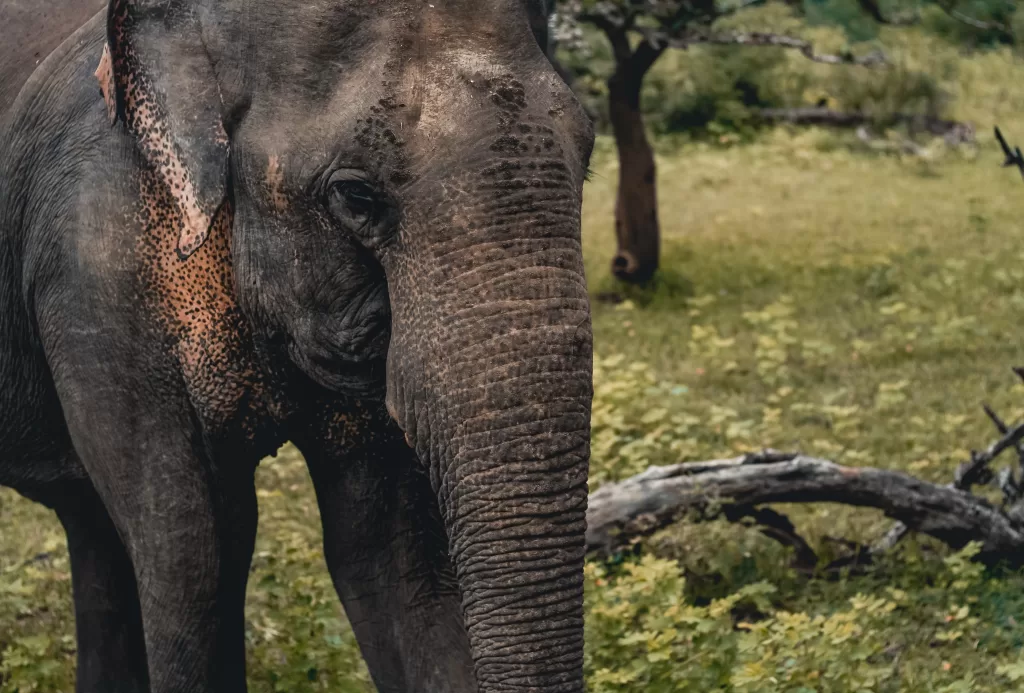
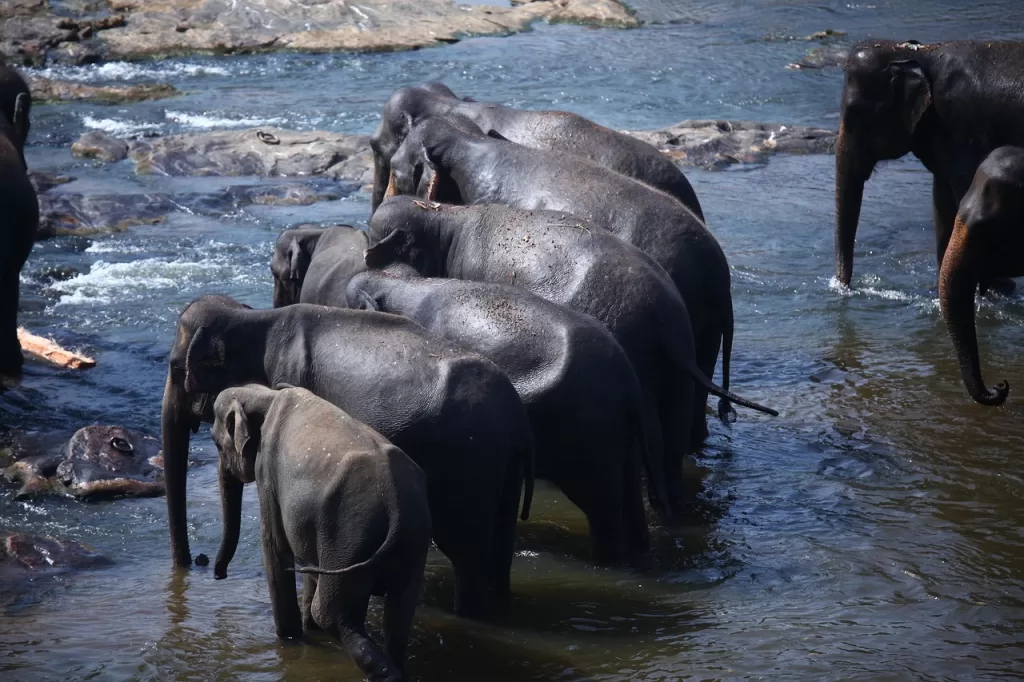
P I N N A W A L A
Pinnawela is synonymous with its captivating elephants. Serving as the home of the renowned Pinnawela Elephant Orphanage, it is often a popular rest stop for travelers journeying between Colombo and Kandy due to its conveniently central location.
The primary attractions in Pinnawela revolve around visiting the Elephant Orphanage and engaging in the wonderful experience of feeding the adorable baby elephants. This encounter is guaranteed to evoke a sense of joy and fulfillment. You have the opportunity to observe the herd of elephants as they gracefully descend to the river for their refreshing bath. Witnessing both the young and the old elephants playfully frolic in the river water is a truly heartwarming sight. Additionally, you can bring back unique souvenirs in the form of products crafted from elephant dung, such as paper and envelopes. Rest assured, these items are thoroughly cleaned and serve as distinctive and thoughtful gifts.
The primary attractions in Pinnawela revolve around visiting the Elephant Orphanage and engaging in the wonderful experience of feeding the adorable baby elephants. This encounter is guaranteed to evoke a sense of joy and fulfillment. You have the opportunity to observe the herd of elephants as they gracefully descend to the river for their refreshing bath. Witnessing both the young and the old elephants playfully frolic in the river water is a truly heartwarming sight. Additionally, you can bring back unique souvenirs in the form of products crafted from elephant dung, such as paper and envelopes. Rest assured, these items are thoroughly cleaned and serve as distinctive and thoughtful gifts.
H A B R A N A
Habarana is a highly sought-after destination among travelers due to its wide range of activities that cater to everyone’s interests. For those who appreciate culture, Habarana holds a central location that provides easy access to renowned attractions such as the Dambulla Cave Temple, the awe-inspiring Sigiriya Rock Fortress, and the lesser-known yet equally fascinating Ritigala ruins.
In close proximity to Habarana lies the Minneriya National Park, where visitors can embark on a thrilling safari to witness the grand gatherings of wild elephants. Further exploration leads to the ancient capital cities of Anuradhapura and Polonnaruwa, offering a glimpse into the thriving cultural heritage of ancient Sri Lanka through their impressive ruins. Habarana itself is a serene location blessed with natural beauty, instilling an immediate sense of tranquility in the hearts and minds of visitors. Whether you seek a holiday filled with diverse activities, wildlife encounters, or peaceful relaxation, Habarana in Sri Lanka is the perfect destination.
Nearby national parks include Minneriya National Park, Ritigala Forest Monastery, Hurulu Eco Park, and Kaudulla National Park.
In close proximity to Habarana lies the Minneriya National Park, where visitors can embark on a thrilling safari to witness the grand gatherings of wild elephants. Further exploration leads to the ancient capital cities of Anuradhapura and Polonnaruwa, offering a glimpse into the thriving cultural heritage of ancient Sri Lanka through their impressive ruins. Habarana itself is a serene location blessed with natural beauty, instilling an immediate sense of tranquility in the hearts and minds of visitors. Whether you seek a holiday filled with diverse activities, wildlife encounters, or peaceful relaxation, Habarana in Sri Lanka is the perfect destination.
Nearby national parks include Minneriya National Park, Ritigala Forest Monastery, Hurulu Eco Park, and Kaudulla National Park.
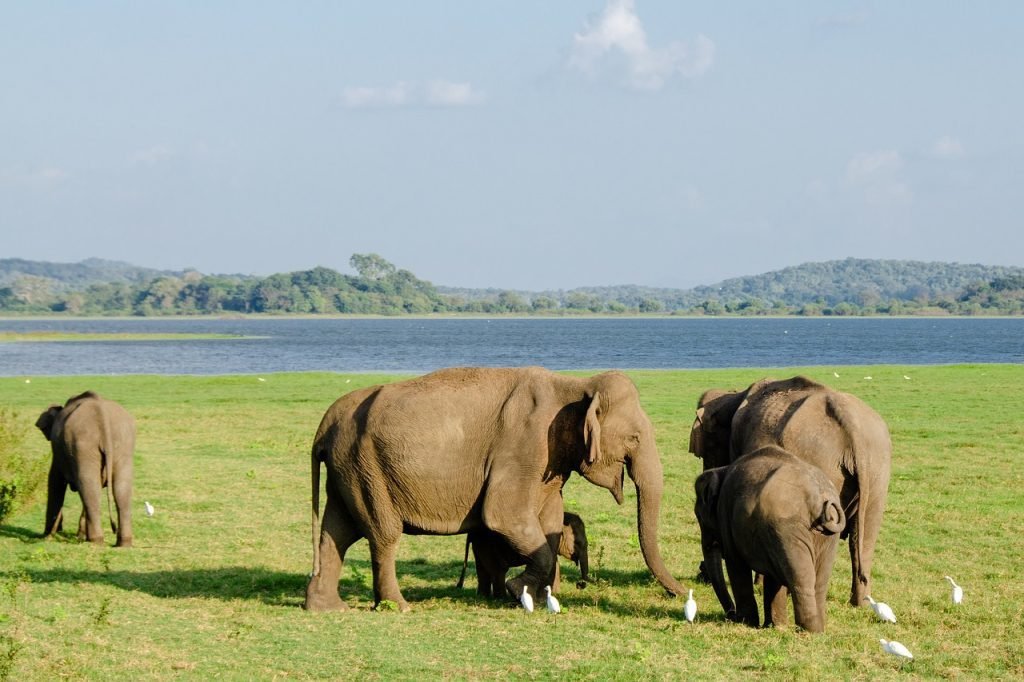
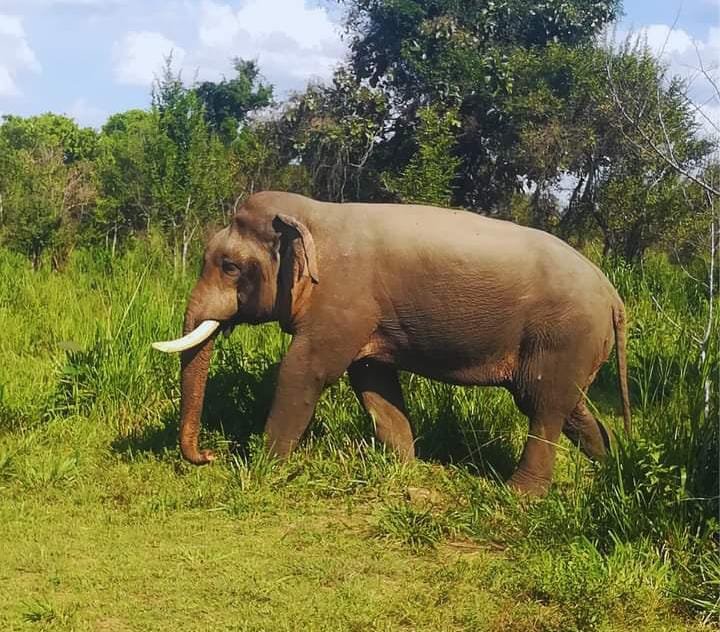
W A S G A M U W A
Wasgamuwa is primarily renowned for its National Park, making it a popular destination among travelers. Initially established in 1984 as a sanctuary for wildlife displaced by the Mahaweli Development Project, the Wasgamuwa National Park is home to a diverse range of animal species, including elephants, monkeys, wild boar, spotted deer, the elusive leopards, and, of course, the sloth bear.
Interestingly, the name “Wasgamuwa” originates from the Sinhala term “walas gamuwa,” loosely translated as “sloth bear wood.” It was once a thriving habitat for sloth bears, although sadly, their population has dwindled over time. Additionally, Wasgamuwa features a Bird Park where approximately 143 bird species have been recorded. Visitors can also explore various attractions such as ancient tanks, ruins, and historic religious sites. For those who enjoy venturing into the wilderness, the Sudu Kanda mountain range presents an excellent option. There are numerous accommodation choices available both within and around the Wasgamuwa Park, ensuring a comfortable stay for visitors.
Interestingly, the name “Wasgamuwa” originates from the Sinhala term “walas gamuwa,” loosely translated as “sloth bear wood.” It was once a thriving habitat for sloth bears, although sadly, their population has dwindled over time. Additionally, Wasgamuwa features a Bird Park where approximately 143 bird species have been recorded. Visitors can also explore various attractions such as ancient tanks, ruins, and historic religious sites. For those who enjoy venturing into the wilderness, the Sudu Kanda mountain range presents an excellent option. There are numerous accommodation choices available both within and around the Wasgamuwa Park, ensuring a comfortable stay for visitors.
H O R T A I N P L A I N S
The vegetation found in the Horton Plains area consists of a combination of Upper Montane Rain Forests or Cloud Forests and Wet Patana Grasslands. These two vegetation types are separated by narrow transition zones known as Ecotones, which consist of shrubs and herbs. As you descend to lower elevations in Horton Plains, you’ll come across areas dominated by Grasslands, while the higher elevations are characterized by Cloud Forests.
One of the most commonly sighted wildlife species in Horton Plains is the Sambar Deer, which can be seen in herds. The park is also home to various other mammals, including the Strip-necked Mongoose, Long-tailed Giant Squirrel, Wild Boar, endemic Bear Monkey, Toque Monkey, Fishing Cat, and Otter.
One of the most commonly sighted wildlife species in Horton Plains is the Sambar Deer, which can be seen in herds. The park is also home to various other mammals, including the Strip-necked Mongoose, Long-tailed Giant Squirrel, Wild Boar, endemic Bear Monkey, Toque Monkey, Fishing Cat, and Otter.
